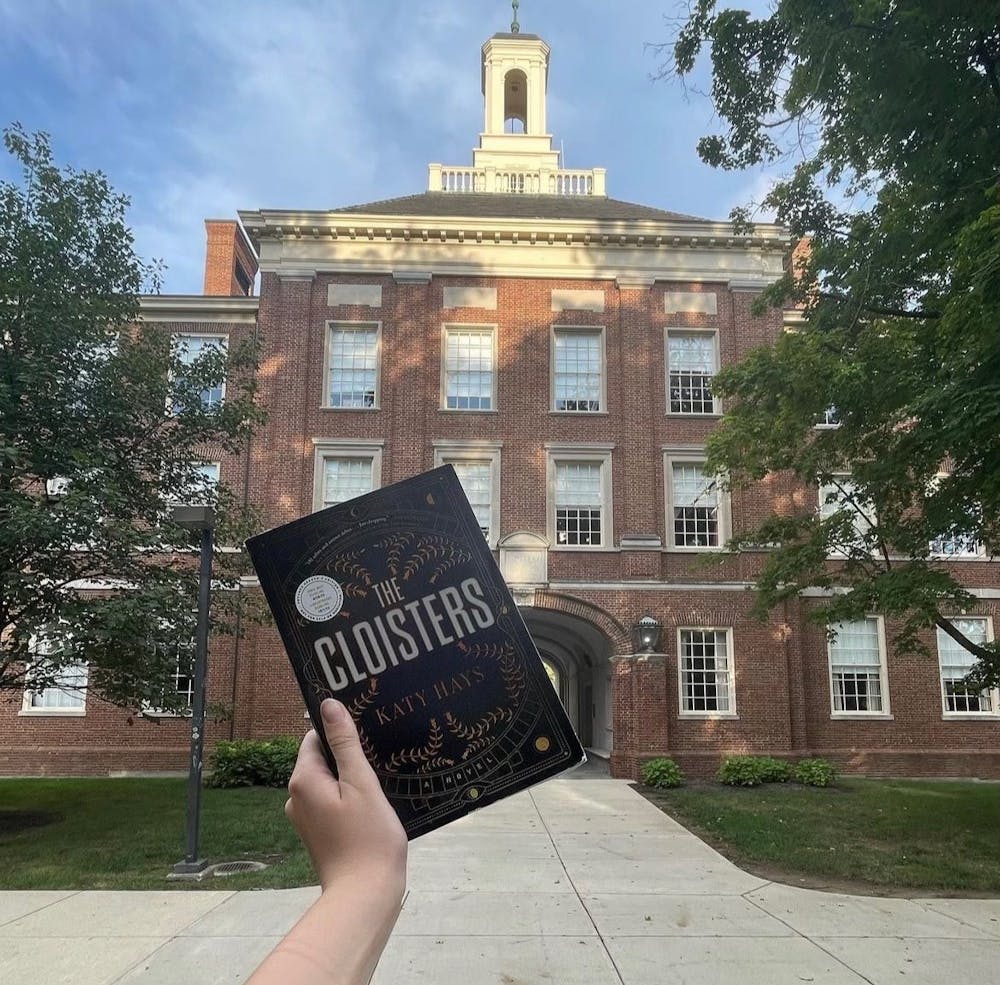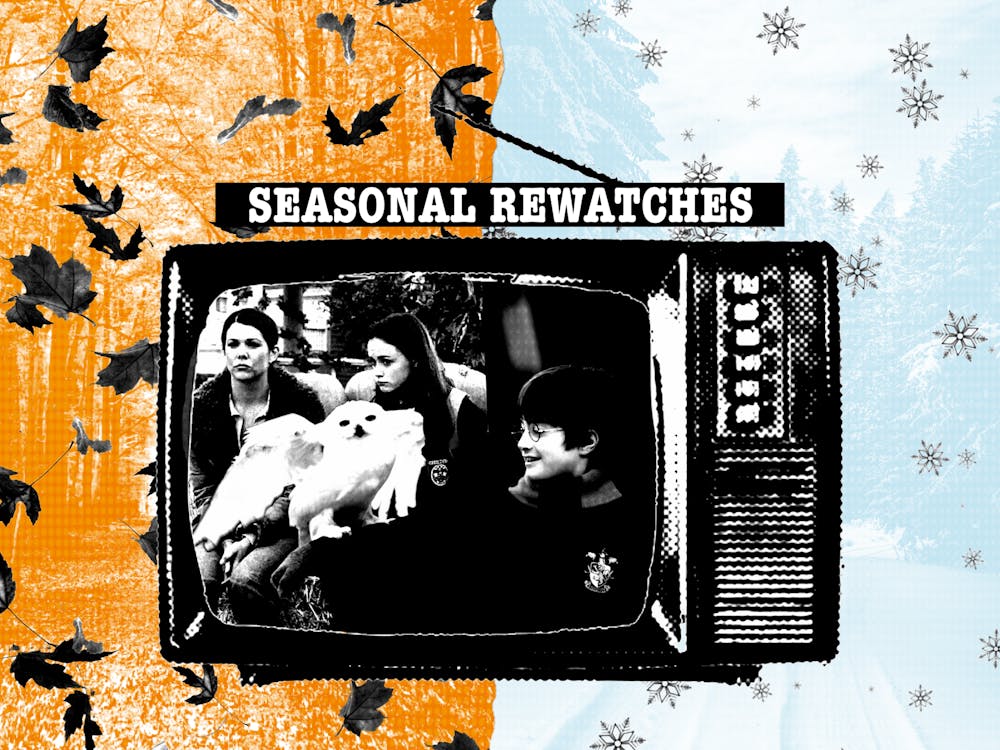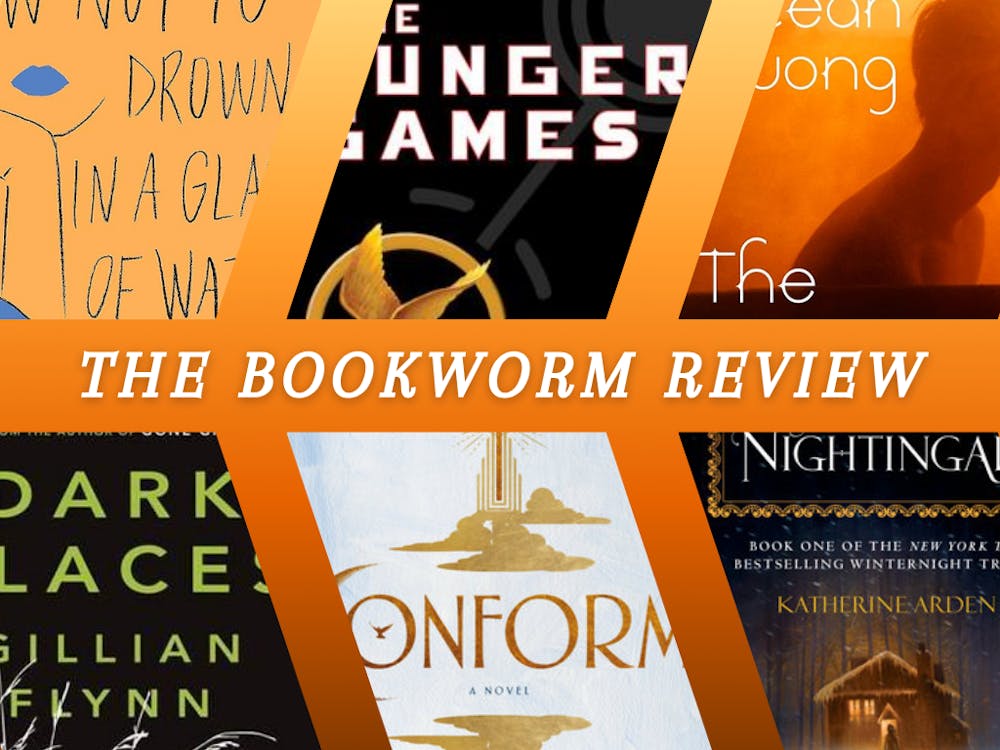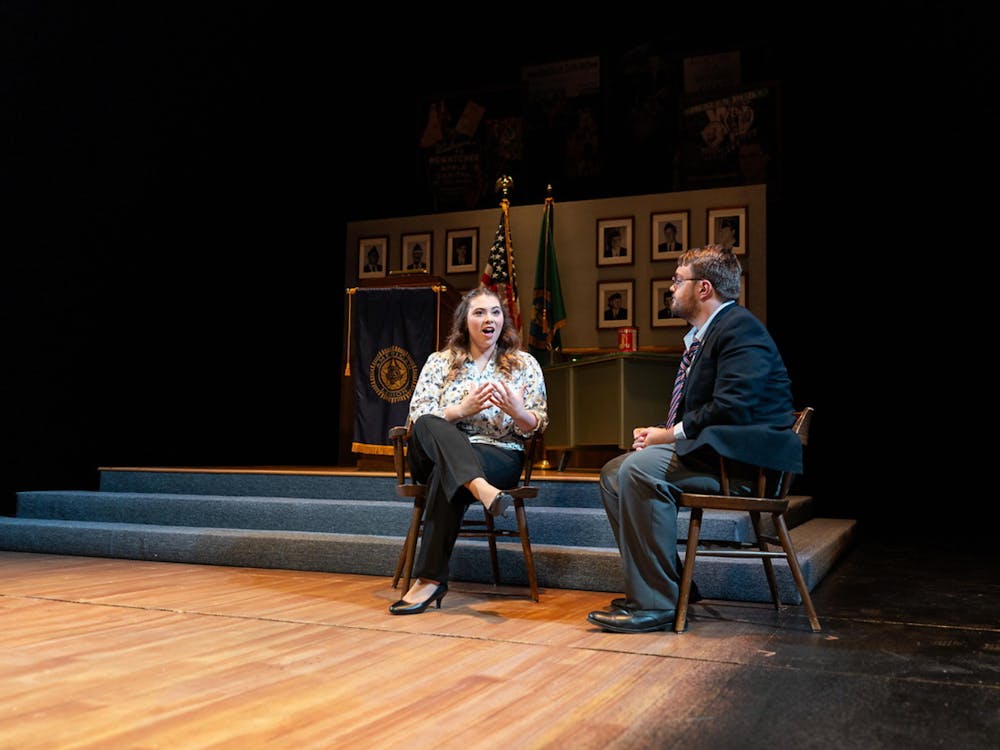For some, fall is a season of hot coffee, scarves, “Gilmore Girls” and warm hugs, but thanks to TikTok and Instagram, a new fall aesthetic has been on the rise over the last couple of years: dark academia.
Full of corduroy, secret passageways, classical allusions and murder mysteries, the dark academia aesthetic promises adventure when most of us want to stay in and cozy up.
This fall, as I settled into a routine that mostly involved going to class and then burrowing into my bed for several hours, I began to crave a sense of this adventure. Then, Atria Books (a Simon & Schuster imprint) sent me an advanced reader copy of “The Cloisters,” Katy Hays’ debut novel, and I found exactly what I was looking for.
“The Cloisters” follows Ann Stillwell, a New York City transplant from Walla Walla, Washington, as she lands a job at the Met Cloisters researching tarot cards. Of course, nothing is as it seems; her mentor, Patrick, has some skeletons in his closet in the form of an ancient deck of tarot cards he wants Ann and her tortured, rich, prodigy coworker Rachel to hunt down. Ann’s gaze also lingers on Leo, the brooding groundskeeper.
When a mysteriously ancient deck of tarot cards resurfaces, Ann and Rachel have a breakthrough. As chaos and intrigue rumble throughout the Met Cloisters, the darker elements of the novel really take off.
The grounds of the museum are so alluring it’s almost ridiculous. While it’s cliché to use Donna Tartt’s “The Secret History” as a comparison title for every book with a hint of dark academia, I see it with this one.
Hays expertly weaves just enough beauty into the world of “The Cloisters” to make a reader wish they could bargain for ancient cards with Ann, style elaborate outfits with Rachel, or grow questionable substances with Leo.
Just like “The Secret History,” this book makes clear just how easy it is for a “normal” person like Ann to get swept up in this glistening, dark academia world to the point that she doesn’t stop to think often enough about just how strange everything is. Hays weaves just enough doubt at the seams of Ann’s view of the museum that you can’t really be sure whether there’s magic at play or something more sinister in the works.
It’s hard to believe that “The Cloisters” is Hays’ debut novel.
The prose itself is enough to make the book worth reading. I often found myself focused less on the book itself and more on the incredible way she strings detailed descriptions of the museum together in a way that tells a reader more about the people there than the actual building and art.
Each character has an underlying complexity that guides the novel in new, fresh directions with each twist and turn. Rachel, for example, is so much more than meets the eye, and her intense friendship with Ann contains room for multiple interpretations about how Rachel really feels about the other girl.
The only downfall of this novel was the lack of a distinct social commentary. It was clear to me that the actions of characters like Patrick, Rachel, Leo, and even Ann aren’t necessarily good, but “The Cloisters” could benefit from a stronger punch at the elitism that drives the conflict behind the book.
Enjoy what you're reading?
Signup for our newsletter
As winter’s chill sets in, “The Cloisters” makes for a captivating debut novel to escape to a new world over winter break.
Rating: 9/10




